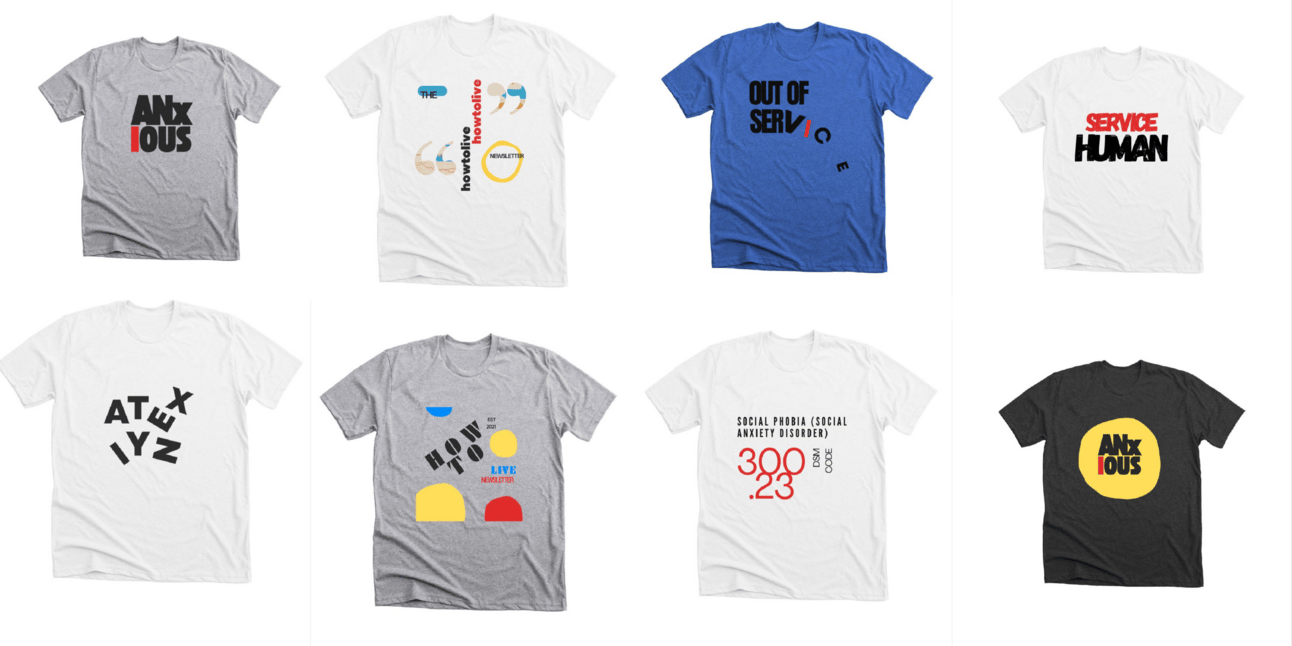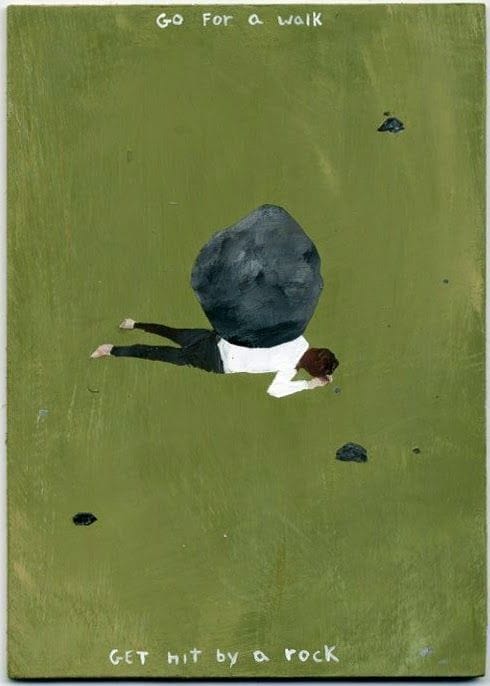You’re reading How to Live—an inquiry into the psychological forces that shape us, and how to stop being run by them.
Through deep research, personal storytelling, and hard-won insight, I challenge the myth of normalcy and offer new ways to face old struggles.
This work is reader-supported. If it speaks to you, consider a paid subscription for deeper insight, off-the-record writing, and seasonal in-person gatherings.
You can also donate any amount.
THE HOW TO LIVE merch store is open!
Why Does Rejection Hurt So Much? Turns Out, It's Biological.
Few experiences can match the intensity of pain caused by rejection; whether romantic, social, familial, or professional, the suffering inflicted isn’t predicated on the slight’s severity. Major or minor, intentional or not, the emotional distress caused by rejection, abandonment, or betrayal is the same.
Age makes no difference. Neither does gender.
My earliest experiences of feeling rejected and abandoned hurt as much as my adult experiences. Probably more, since they were new to me.
When I was a child, the sharpest slights were organized around exclusion. Being left out felt like a threat to my existence. If others didn’t want me, perhaps it was because I wasn’t good enough, perhaps broken.
Making matters worse, my parents were divorced, remarried, and my father was having new kids with his new wife. There was no way around the annihilating sense that we, his first kids, were being replaced with a second, better batch.
Rejection made me feel invisible, and if I wasn’t visible, who could see how much help I needed handling my overweight existential agony, my all-consuming mental anguish?
When a person is rejected, they feel betrayed and abandoned. Three forms of disregard coalesce to form one block; when you feel the sting of one, you feel the sting of them all.
Worse yet, implicit in any rejection is the sense that somehow the rejected party has failed, and this belief opens up a new dimension, inside which the “truth” of said defects and deficits is revealed.
But WHY does it hurt so damn much?
You’re currently reading the free version of the How to Live Newsletter. To access the deeper insights, please upgrade.
Join How to Live
For people who live in their heads, feel more than they show, and want a language for both.
Every Essay, Every Time.What you’ll receive as a subscriber::
- Every new essay, the moment it’s published
- Full access to the complete archive—150+ posts and counting
- Bonus pieces and experiments-in-progress, shared occasionally
- Invitations to seasonal, in-person gatherings
- A direct line to me (annual subscribers): personal replies and tailored recommendations
- 15% off all workshops and live events




